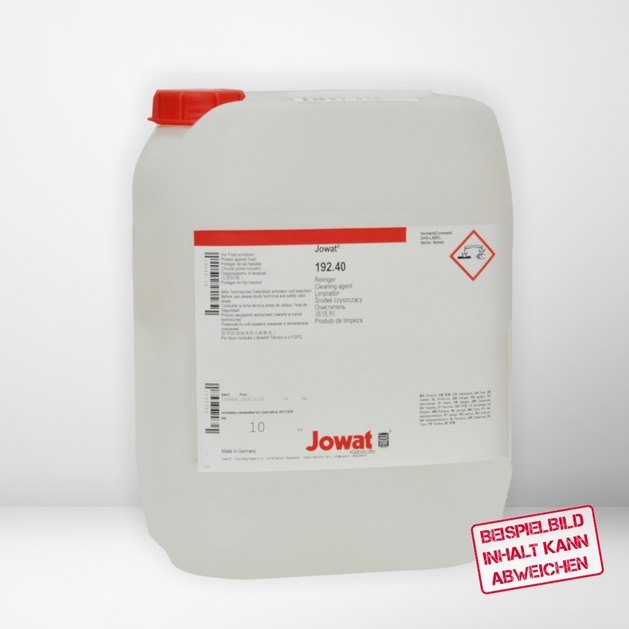
Application:
Giving self-adhesive properties For giving self-adhesive properties to a variety of materials and for assembly operations. The properties of the bonded parts and the surfaces of the substrates (including primer coating on the reverse side or other surface pretreatment) have to undergo application-related testing prior to use.
Characteristics / Directions for Use:
Different types of hot melt adhesives may be incompatible with each other depending on the formulation. Therefore, we recommend to carefully clean the application equipment when changing the product. Further information is available upon request. Application amounts that are too low can have a detrimental effect on the quality of the bond. Too long and/or too high heat exposure will have a detrimental effect on the characteristics of adhesives based on thermoplastic rubber, e.g. processing viscosity, color, and the heat resistance of the final bond.* * Compared to other Jowat products for this application. The processing characteristics may vary depending on the application technology, which can affect the bonding process. Contains 55 % renewable raw materials (tested in accordance with ASTM D6866-22). Customer trials are required. A declaration concerning the food contact status of the product is available upon request. Requirements for a High-Quality Bonding Process: The properties (e.g. surface tension, plasticizer content…) and the conditioning of the substrates, as well as the processing conditions (e.g. ambient temperature, humidity…) will influence the processes of joining and bonding. Customer tests under consideration of everyday production conditions are therefore absolutely necessary to define stable process parameters and to ensure that the product is fit for purpose. For best bonding results, the materials to be bonded should be free of dust, oil, and grease, and be dry. Ideally, the minimum temperature should be at 18 °C. Avoid draft. Our Application Technology Department and our Application Specialists will provide technical data to assist you in your choice of an appropriate product for your requirements. Please observe the information in the section “Remarks.” As a suggestion on how to establish high-quality bonding processes, please refer to DIN 2304.
Cleaning:
Preliminary mechanical cleaning while hot (e.g. with a suitable spatula that does not damage the unit). Remove any residues in the application environment when cold using Jowat® Cleaner 402.40. Safety Considerations: Safety Considerations: Like all hot liquids, this product can cause severe burns in the molten state. Please take appropriate precautions to prevent the hot adhesive from coming into contact with the skin (e.g. by wearing appropriate protective gloves). If this does happen, cool the affected area immediately with water. Do not try to remove the adhesive from the skin. Seek medical attention. Hot melt adhesives with hazard-free labeling may release vapors when processed. It is recommended not to exceed the indicated processing temperature, to keep the formation of vapors as low as possible. Especially when using open application machinery, exhaust and ventilation systems are recommended.
Storage:
The product should remain stored in closed original containers, dry and cool. For best-before date, please see container label. After the elapse of the best-before date, it is essential that you again verify that the product is fit for your intended application.
Packaging:
Information about packaging types and units is available upon request.
Remarks:
For further information concerning safety, handling, transport and disposal, please refer to the safety data sheet. The information on this data sheet is based on test results from our laboratories as well as on reported experience gained in the field by our customers. It can, however, not cover all parameters for each specific application and is therefore not binding upon Jowat, nor should it be relied upon in lieu of your own required testing. The information given in this leaflet does not represent a performance guarantee. Unless otherwise agreed with our customers, the values stated in the section “Specification” shall be regarded as the finally agreed upon product properties. No liability may be derived from the information contained herein nor from the information provided by our free technical advisory service.
Please refer to the "Download" tab for the safety data sheet.
| Base | Thermoplastic rubber |
| Processing temperature | 160 – 180°C |
| Density at +20 °C [g/cm³] | at 20 °C [g/cm³] : env. 0,95 ± 0,03 |
| Viscosity at 160 °C [mPas]. | 3.200 ± 5.00 |
| Softening range | approx. 85 ± 5 °C |




